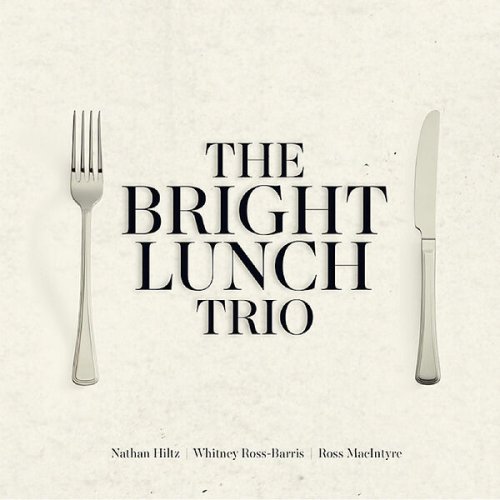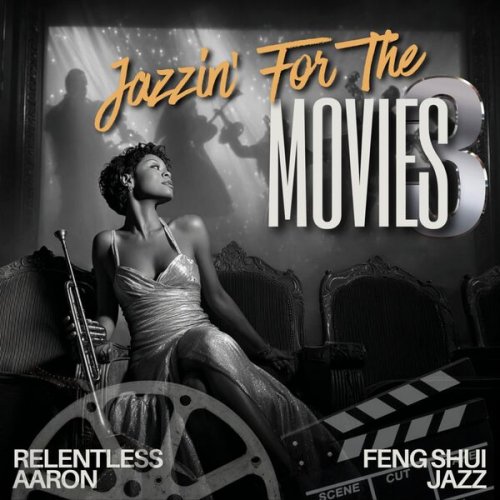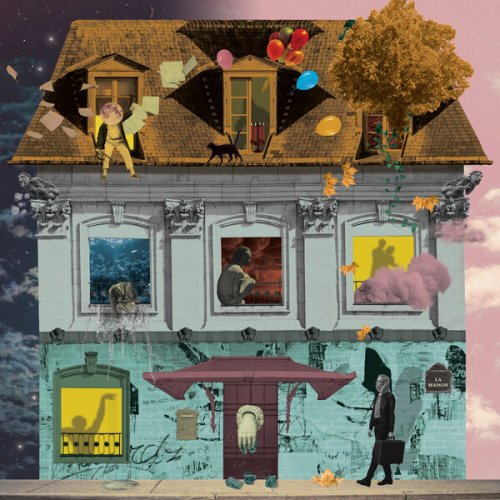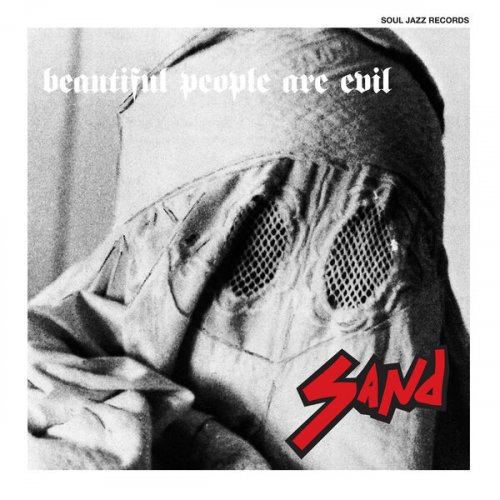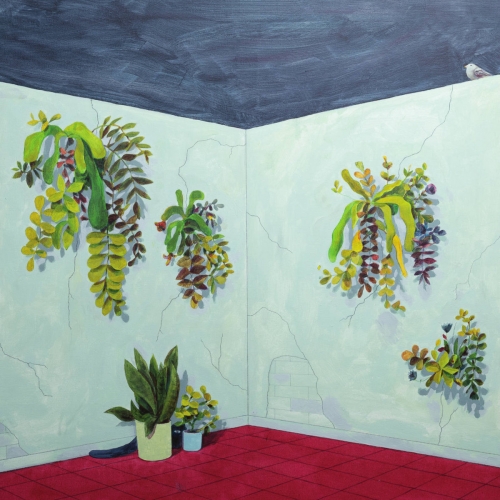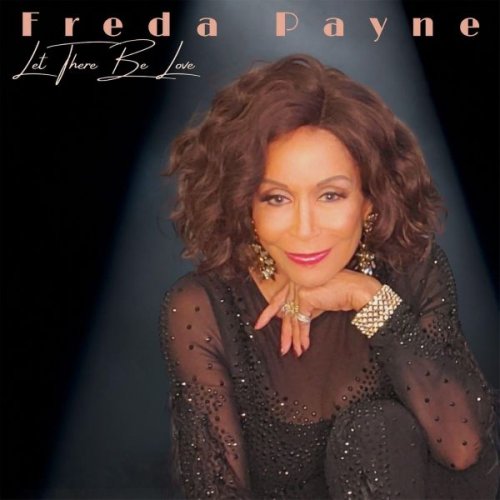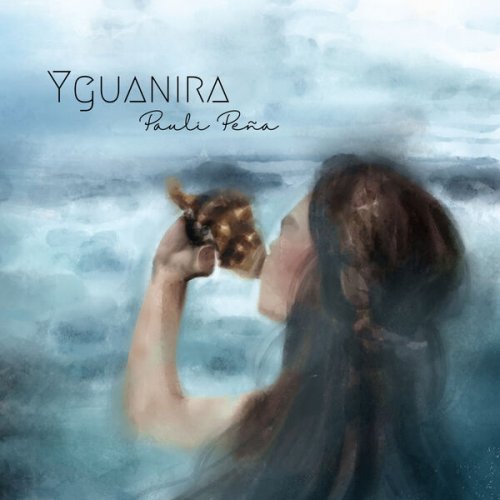Lya De Barberiis - Alfredo Casella: L'Opera Per Pianoforte (2002)
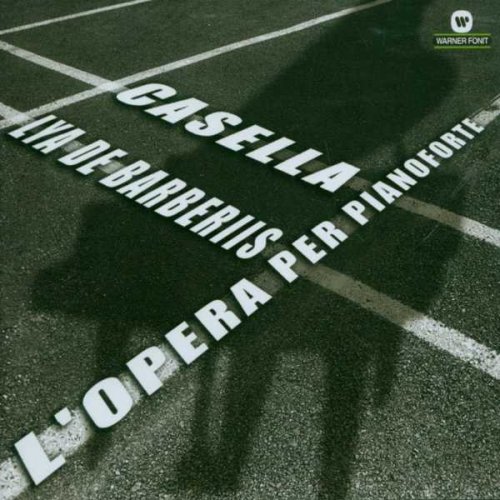
Artist: Lya De Barberiis
Title: Alfredo Casella: L'Opera Per Pianoforte
Year Of Release: 2002
Label: Warner Fonit
Genre: Classical
Quality: FLAC (tracks)
Total Time: 3'04'42
Total Size: 544 MB
WebSite: Album Preview
Tracklist:Title: Alfredo Casella: L'Opera Per Pianoforte
Year Of Release: 2002
Label: Warner Fonit
Genre: Classical
Quality: FLAC (tracks)
Total Time: 3'04'42
Total Size: 544 MB
WebSite: Album Preview
Alfredo Casella (1883-1947)
CD 1
Pavane Op. 1 (1902) 4:06
Variations sur une Chaconne, Op. 3 (1903) 8:19
Toccata op. 6 (1904) 4:41
Sarabande Op. 10 (1908) 9:03
Notturnino (1909) 6:42
Berceuse triste Op. 14 (1909) 4:17
Barcarola Op. 15 (1910) 5:21
A la Maniere de (1st Series), Op. 17 (1911)
I. Richard Wagner (Einleitung des 3 Aufzuges) 2:27
II. Gabriel Faure (Romance sans paroles) 1:31
III. Johannes Brahms (Intermezzo) 2:06
IV. Claude Debussy (Entr'acte pour un drame en preparation) 2:54
V. Richard Strauss (Symphonia molestica) 1:27
VI. Cesar Franck 2:12
A la Maniere de (2nd Series), Op. 17bis (1914)
VII. Vincent D Indy (Prelude a l'apres-midi d'un Ascete) 4:00
VIII. Maurice Ravel (Almanzor ou le mariage d'Adelaide) 2:49
CD 2
Nove Pezzi, Op. 24 (1914)
1. In modo funebre (a Igor Stravinski) 02:50
2. In modo barbaro (a Enrique van der Henst) 02:17
3. In modo elegiaco (a Ildebrando Pizzetti) 04:22
4. In modo burlesco (a Yvonne Lumley) 00:59
5. In modo esotico (a Florent Schmitt) 04:55
6. In modo di nenia (a Maurice Ravel) 02:18
7. In modo di minuetto (a Tina Dreyfus) 02:42
8. In modo di tango (a Yvonne Muller) 4:14
9. In modo rustico (a Gian Francesco Malipiero) 03:50
Sonatina, Op. 28 (1916)
I. Allegro con spirito 3:3
II. Minueto 2:27
III. Finale 4:27
A notte Alta, Op. 30 (1917) 18:05
Deux contrastes, Op. 31 (1916-8)
I. Grazioso (Hommage a Chopin) 1:01
II. Antigrazioso 1:05
Inezie, Op. 32 (1918)
1. Preludio 1:42
2. Serenata 1:42
3. Berceuse 2:52
Cocktail's Dance (1918) 2:02
CD 3
Undici Pezzi Infantili, Op. 35 (1920)
1. Preludio 0:45
2. Valse diatonique (sui tasti bianchi) 1:05
3. Canone (sui tasti neri) 0:46
4. Bolero 1:07
5. Omaggio a Clementi (esercizio per le cinque dita) 0:40
6. Siciliana 1:43
7. Giga 1:06
8. Minuetto 2:41
9. Carillon 0:44
10. Berceuse 1:39
11. Galop final 0:44
Canzoni popolari Italiane, Op. 47 (1928)
1. Ninna-Nanna (Sardegna) 1:48
2. Canzone a ballo (Abruzzo) 0:46
Ricercari on the Name B-A-C-H, Op. 52 (1932)
I. Funebre 3:16
II. Ostinato 1:46
Sinfonia, Arioso e Toccata, Op. 59 (1936)
1. Sinfonia 7:26
2. Arioso 8:21
3. Toccata 5:38
Ricerche sul nome Guido M. Gatti (1942) 2:27
Studio sulle terze maggiori (1942) 1:21
Sei Studi, Op. 70 (1942-44)
1. Sulle terze maggiori 1:20
2. Sulle settime maggiori e minori 1:08
3. Di legato sulle quarte 1:32
4. Sulle note ribattute 1:33
5. Sulle quinte (Omaggio a Chopin n. 2) 1:31
6. Perpetuum mobile (Toccata) 2:31
The complete works for piano by Casella were recorded in the late 70s by the Italian pianist, a student of the composer Leah de Barberis (1919-2013). The works are presented in chronological order in accordance with three periods of Casella's work: the impressionist-romantic (1900-1914), the period of avant-garde pursuits (1914-1920) and the neoclassical period.
Before the 1st World War, Casella pays tribute to the picturesque imagery taken from French musical culture, especially from Faure and Ravel. In early piano pieces - Pavane, Op. 1 (1902); Variations and Chaconne, Op. 3 (1903); Toccata, Op. 6 (1904); Sarabande, Op. 10 (1908); Nocturne (1909); Lullaby, Op. 14 (1909); Barcarolla, Op 15 (1910) - he shows a subtle understanding of folklore, giving folk thematism an impressionistic interpretation.
The piano cycles "In the manner of ...", 1st series (1911), 2nd series (1914) were originally conceived. Each of his plays, demonstrating the range of preferences and favorites of the author, is stylized after the masters of the late XIX – early XX century: Wagner, Debussy, Faure, Brahms, R. Strauss, Frank, D'endi and Ravel (Casella introduced the fashion for such things in France).
Nine Pieces for Piano (1914) is also a kind of dedication to the composer's friends. In the complex harmonies of these pieces, in the counterpoint of harmonic layers and the intensity of contrasts, the influence of Stravinsky's "Sacred Spring" and Bartok's rhythms clearly emerges. During these years, Casella's mature style developed – mainly melodic, based on harmony rather than polyphony, with a predominance of major-minor, which is shaded by elements of ancient frets, combined with polytonal and atonal episodes. With general diatonicity, the frequent introduction of chromatic alterations refines and aestheticizes the writing style. Other plays of this period are interesting for their experiments - Sonatina, Op. 28 (1916); Deep at Night, poem Op. 30 (1917); Two Contrasts, Op. 31 (1916-18); Trifles, Op. 32 (1918); Cocktail Dance (1918).
Simpler Eleven plays for children, Op. 35 (1920) and Two Italian folk Songs, Op. 47 (1928), echo the writing style of the children's cycles of the classics of European Art Nouveau.
Casella's work of the 30s is characterized by the predominance of technically complex neoclassical techniques. In this style, Two ricercars were written in the name of B-A-C-H, Op. 52 (1932); Symphony, Arioso and Toccata, Op. 59 (1936); Ricercar in the name of Guido M.Gatti (1942); Etude in thirds (1942); Six Etudes, Op. 70 (1942-44).
Before the 1st World War, Casella pays tribute to the picturesque imagery taken from French musical culture, especially from Faure and Ravel. In early piano pieces - Pavane, Op. 1 (1902); Variations and Chaconne, Op. 3 (1903); Toccata, Op. 6 (1904); Sarabande, Op. 10 (1908); Nocturne (1909); Lullaby, Op. 14 (1909); Barcarolla, Op 15 (1910) - he shows a subtle understanding of folklore, giving folk thematism an impressionistic interpretation.
The piano cycles "In the manner of ...", 1st series (1911), 2nd series (1914) were originally conceived. Each of his plays, demonstrating the range of preferences and favorites of the author, is stylized after the masters of the late XIX – early XX century: Wagner, Debussy, Faure, Brahms, R. Strauss, Frank, D'endi and Ravel (Casella introduced the fashion for such things in France).
Nine Pieces for Piano (1914) is also a kind of dedication to the composer's friends. In the complex harmonies of these pieces, in the counterpoint of harmonic layers and the intensity of contrasts, the influence of Stravinsky's "Sacred Spring" and Bartok's rhythms clearly emerges. During these years, Casella's mature style developed – mainly melodic, based on harmony rather than polyphony, with a predominance of major-minor, which is shaded by elements of ancient frets, combined with polytonal and atonal episodes. With general diatonicity, the frequent introduction of chromatic alterations refines and aestheticizes the writing style. Other plays of this period are interesting for their experiments - Sonatina, Op. 28 (1916); Deep at Night, poem Op. 30 (1917); Two Contrasts, Op. 31 (1916-18); Trifles, Op. 32 (1918); Cocktail Dance (1918).
Simpler Eleven plays for children, Op. 35 (1920) and Two Italian folk Songs, Op. 47 (1928), echo the writing style of the children's cycles of the classics of European Art Nouveau.
Casella's work of the 30s is characterized by the predominance of technically complex neoclassical techniques. In this style, Two ricercars were written in the name of B-A-C-H, Op. 52 (1932); Symphony, Arioso and Toccata, Op. 59 (1936); Ricercar in the name of Guido M.Gatti (1942); Etude in thirds (1942); Six Etudes, Op. 70 (1942-44).
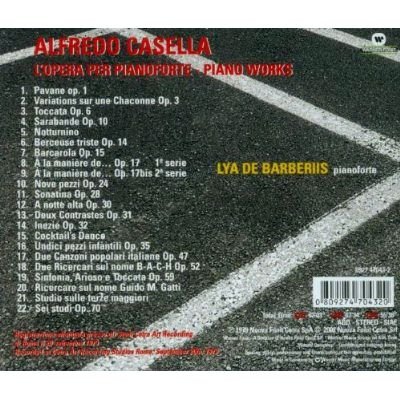
![Yoriyuki Harada - The House Concert Live Collection, Vol. 49: Yoriyuki Harada (Live at Chang Soo Park's House, Yeonhui-dong, Seoul, 5/20/2005) (2025) [Hi-Res] Yoriyuki Harada - The House Concert Live Collection, Vol. 49: Yoriyuki Harada (Live at Chang Soo Park's House, Yeonhui-dong, Seoul, 5/20/2005) (2025) [Hi-Res]](https://www.dibpic.com/uploads/posts/2025-12/1764927456_dhmr4ystp7z1b_600.jpg)
![Florian Pellissier Quintet - Pacifiques Biches (2025) [Hi-Res] Florian Pellissier Quintet - Pacifiques Biches (2025) [Hi-Res]](https://www.dibpic.com/uploads/posts/2025-12/1764901939_ozvzpfzp1icdb_600.jpg)
